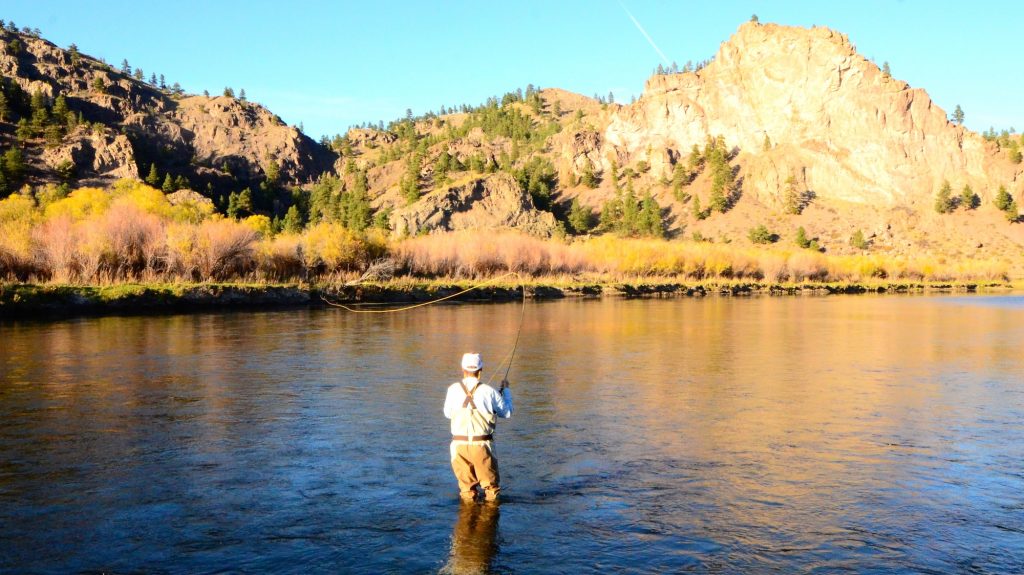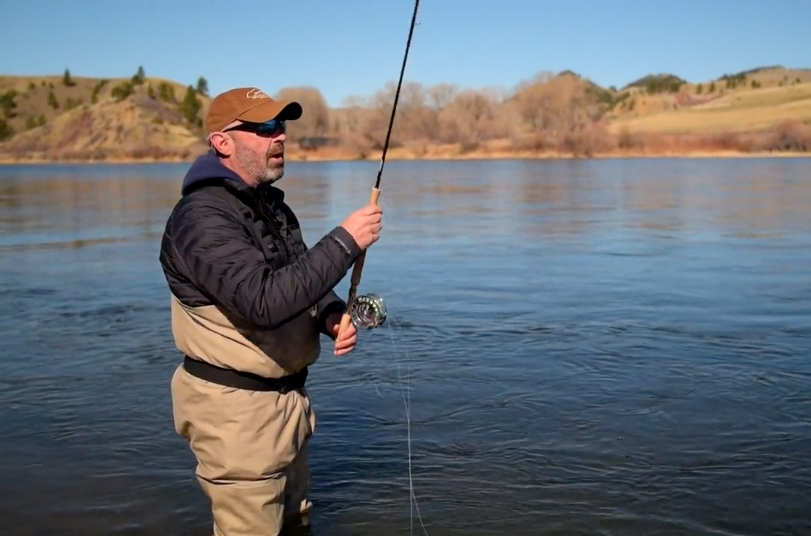Fly Casting Essential #2
All 5 have to happen for the cast to be perfect. Or, even work.
2. Slack line should be kept to an absolute minimum.
Pulling taut line, is all the fly rod/tool can do. The rod is singular in design, singular in purpose, singular in the number of ways it will work properly.
Can you move the fly to the correct place by executing the fly cast when there is slack in the equation? I will say one thing here. I’ve certainly seen caster try, and try, and try…they are still trying to make it work. Never seen it work, says this author, and, oh yeah, physics.
Proper, effective, efficient, and accurate casts include these two movements, every cast. All of them. Every single cast has to include the pulling of straight, no slack in the system, no slack, tight and taut fly line. Because, if you eliminate the slack from the equation, when you move the rod tip, the fly comes along with it. You can direct taut straight line. Roundly stroked, slack in the system casts do go somewhere, we just do not know where. It is mystery every time when you choose eliminate slack before the cast start.
Step 2, of the 5 Essentials of the Fly Cast is damn important.
It does not work to start with the rod tip high as a casting starting point. Too much slack between the rod tip and the water. Start Low. Finish High.
Every cast begins with stripping in the line until the slack is removed. While this is the second of the five essentials, it commonly is step one. Gotta remove the slack before you move the rod tip upwards. Every time. Every cast. Not just once. Every cast.
Slack is evil.
1st generation Missouri River guide/author Dame Ames
This is a common mistake, keeping or introducing slack before and during the cast. It ruins each and every cast. Slack is evil. Yes Dave, it is.
Another common slack movement is when the caster lets go of the line before the stop of the fly rod. Every cast must stop. Evidenced by step 1 of the 5 Essentials. This occurs as the caster lets go of the line, while shooting line, guessing the outcome, eliminating any accuracy. Most casters love to shoot line. Every cast. All the time. Add in the energy dismissing move of letting go of the line mid cast, on the forward stroke, at some magical point in the arc, and hoping that this all too common move establishes the proper trajectory with the fly magically landing near the trout. Guessing. That is for casters who do not care much about accuracy. Another type of slack, yes, that is evil.
The nuts and bolts of the move above adds slack on the fore-cast. The forward cast. During the forecast, you are pulling line towards the target. With energy, with purpose. With accuracy looming…but when the caster lets go of the fly line, the fly line slows, and stops the accuracy deal altogether. The rod is moving forward, but the line is not coming with the rod tip. Nope, May do this. Letting go of the line as they push the rod forward. The line slips backwards, and it does slow the progress to the target. Light tackle casters commonly use this technique. This kind of slack, yes, you know what it is.
Remove slack from each cast. It’ll help you catch more fish.
Slack line should be kept to an absolute minimum.





1 Comment.
Dave Ames